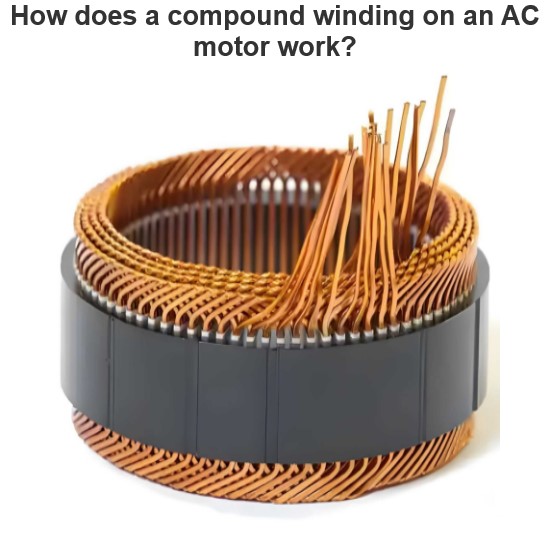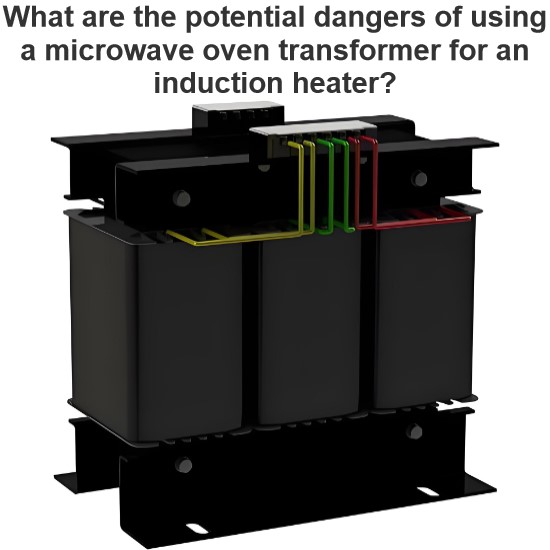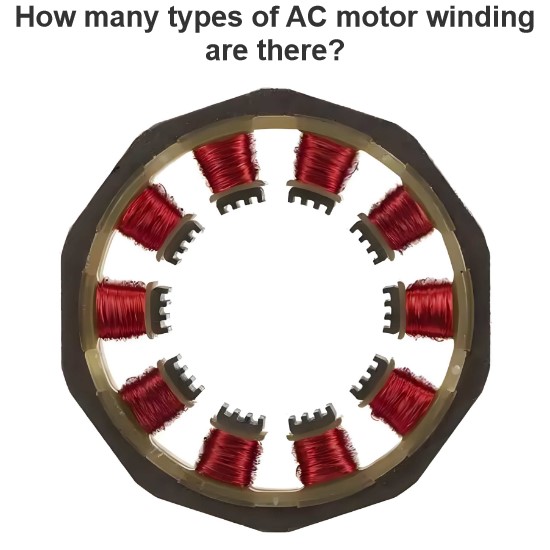Why does a double cage induction motor have a high starting torque?
A double-cage induction motor (also known as a dual-squirrel-cage induction motor) has a higher starting torque primarily due to its unique structural design. This type of motor has two independent rotor cages, each with different resistance and inductance characteristics, which optimize the motor's performance at different operating stages. Here is a detailed explanation:
Structure of a Double-Cage Induction Motor
The rotor of a double-cage induction motor consists of two parts:
Outer Cage (Starting Cage): Typically made of thicker bars and end rings, it has lower resistance and higher inductance.
Inner Cage (Running Cage): Typically made of thinner bars and end rings, it has higher resistance and lower inductance.
Starting Stage
Low Resistance and High Inductance:
Outer Cage: In the outer cage, the thicker bars result in lower resistance and higher inductance. During startup, the current in the outer cage is larger, producing a stronger magnetic field and thus providing a higher starting torque.
High Inductance: Higher inductance means that the current lags behind the voltage, which helps to form a stronger rotating magnetic field during startup, thereby increasing the starting torque.
Skin Effect:
At startup, the operating frequency is low, and the skin effect is minimal. The skin effect is the tendency of alternating current to concentrate near the surface of a conductor. Since the frequency is low during startup, the low resistance characteristic of the outer cage is fully utilized, providing a higher starting torque.
Running Stage
High Resistance and Low Inductance:
Inner Cage: The inner cage, with its thinner bars and end rings, has higher resistance and lower inductance. During normal operation, the frequency is higher, and the skin effect is significant, causing the current to flow mainly in the inner cage.
High Resistance: Higher resistance helps to reduce copper losses, improving the efficiency and performance of the motor during operation.
Smooth Transition:
As the motor transitions from startup to running, the current gradually shifts from the outer cage to the inner cage. This smooth transition ensures that the motor maintains good performance at different operating stages.
Comprehensive Advantages
Higher Starting Torque: Due to the low resistance and high inductance characteristics of the outer cage, a double-cage induction motor can produce a higher starting torque, helping to overcome load inertia and starting resistance.
High Efficiency During Operation: The high resistance and low inductance characteristics of the inner cage ensure that the motor operates efficiently and stably during normal operation.
High Reliability: The dual-cage structure ensures that the motor performs well during both startup and operation, enhancing overall reliability and extending the motor's lifespan.
Summary
A double-cage induction motor optimizes its performance at both startup and running stages through two rotors with different electrical characteristics. The outer cage provides a higher starting torque during startup, while the inner cage improves efficiency and stability during normal operation. This design makes double-cage induction motors highly effective in many applications, especially where a high starting torque is required.
The Electricity Encyclopedia is dedicated to accelerating the dissemination and application of electricity knowledge and adding impetus to the development and innovation of the electricity industry.




